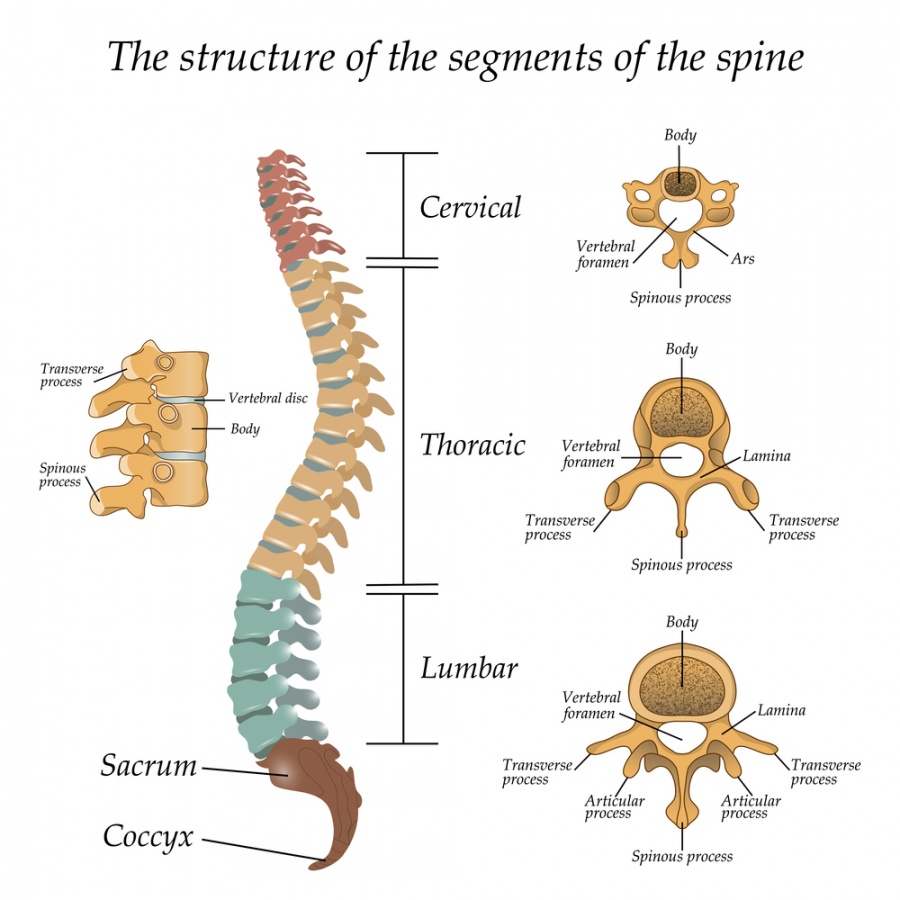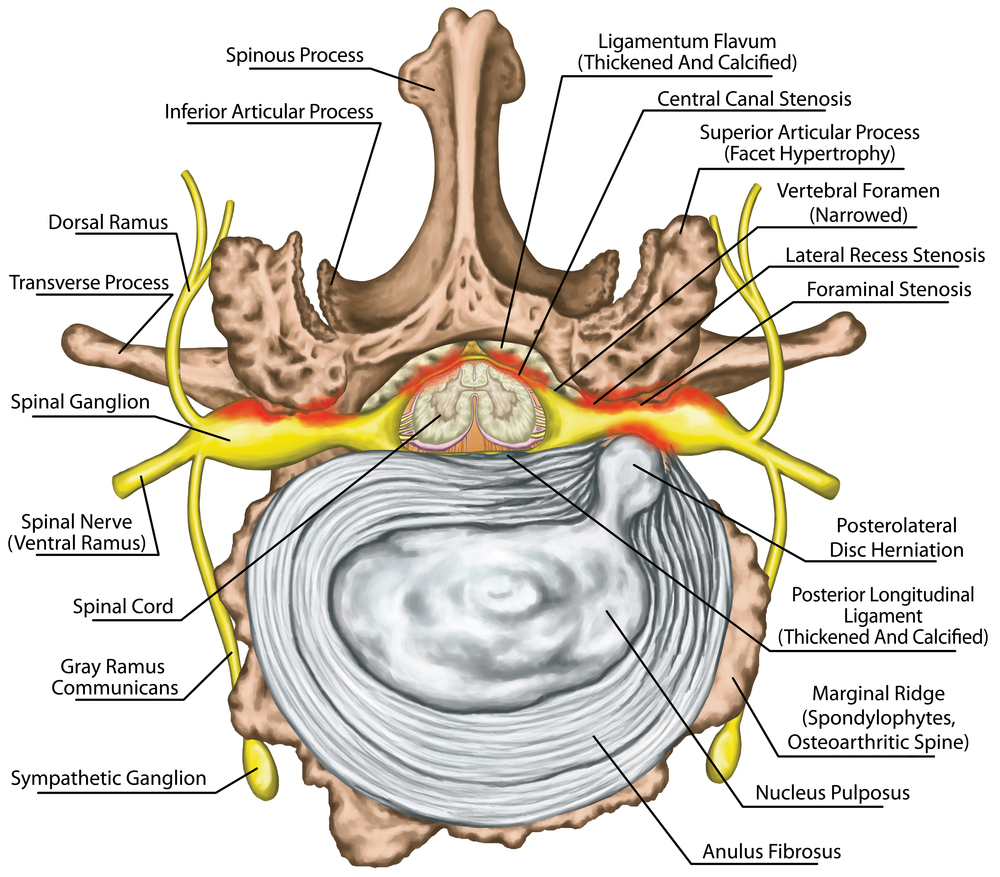The spinal nerve is a very important part of the human nervous system. Any problems caused to it may affect the normal activities of a person vividly. One of the common diseases occurring to the spinal nerve or spine is the cervical spinal stenosis.
What is Cervical Spinal Stenosis?
The passage inside the spine, where the spinal cord lies, is called the spinal canal. Cervical spinal stenosis is a state of the spine where the canal become narrower than the normal. This puts a pressure on the spinal nerves as well as the spinal cord, and as a result they get compressed. This can cause a lot of discomfort in the patient such as pain and a feeling of weakness.


What are the causes?
By nature, the nerve cells cannot reproduce – meaning once the life cycle of a nerve cell is completed, no other nerve cell is created to fill in for the damage. As a human being keeps ageing, they keep on losing their nerve cells due to either damage or decay. Hence, cervical spinal stenosis is a common phenomenon among elderly people and may naturally occur to those above 50 years of age. Apart from the natural ageing procedure, injuries suffered near the neck and shoulder region may also result in cervical spinal stenosis. Other factors which contribute to the nerve cell degeneration of spinal cord, and in turn to cervical spinal stenosis, are wrong sitting or standing postures and smoking.
The intervertebral discs maintain the proper working of the spine. With cervical spinal stenosis, these discs may start losing elasticity. With the change in the discs, the space between two vertebrae reduces, which further results in pressure and narrowing of the spinal canal and cervical spinal stenosis.
Cervical spinal stenosis is also common among the patients of osteoarthritis or spondylosis. Often, osteoarthritis patients tend to develop lumps of bone around their spine or their bone joints or the vertebral discs. These lumps, medically known as osteophytes, may put pressure on the spinal canal, narrow it, and cause cervical spinal stenosis.


What are the symptoms of Cervical Spinal Stenosis?
The primary signal that the body provides to a patient suffering from cervical spinal stenosis is pain around the region of compression. They may also feel weakness and a tingling sensation simultaneously. While these occur across the neck area, the symptoms can also trigger more discomfort in shoulder, arms and legs; it is a medical condition called cervical radiculopathy.
Different pairs of the spinal nerve regulates the work of different parts of the arm and other body parts. A particular pair of nerve root getting affected can result in discomfort in particular muscles. For example, the sixth set of nerves works for biceps while the seventh regulates the motion of triceps. Any damage to these would subsequently cause either weakness or dysfunction of the connected muscle.
While just pain and discomfort may occur in the primary stages of cervical spinal stenosis, if ignored or not treated at the right time, the conditions may worsen so much so that the patient may find it difficult to even walk or maintain body balance. This particularly happens when the spinal cord gets compressed
near the neck as a result of compressed spinal canal. This medical condition is known as cervical myelopathy and requires urgent medical attention.
How is Cervical Spinal Stenosis diagnosed?
As a part of the primary checking, the doctor will most commonly try to see the discomfort in functions such as neck movement and arm movement. Apart from that, he or she might check for any weakness or odd sensations in the muscles, may check if your reflex action works fine and also ask you to walk a certain distance to observe if the balance is fine.
X-rays are the next stage in diagnosis and this is done to check the situation of the spinal discs – whether they have caused a reduction in vertebral spacing, or if the patient has developed other medical conditions such as spondylosis or osteophytes (discussed earlier).
The final stage of diagnosis may include a magnetic resonance imaging (MRI) to check the health of your spinal cord and nerves.


How is Cervical Spinal Stenosis treated?
Patients of cervical spinal stenosis most often do not require any surgeries. There are ample medications available which the doctor may prescribe to better the condition and relieve the pain. There are also spinal injections which can be pushed if need be, as per the doctor’s guidance. These medications are usually paired with exercises and other therapies.
However, for patients in advanced stages, surgery can be an option when there are medical conditions such as myelopathy of fractured bones. The compression around the spinal canal is reduced with the help of these surgeries. In some cases, the patients may have to carry implants or have a fusion performed.
